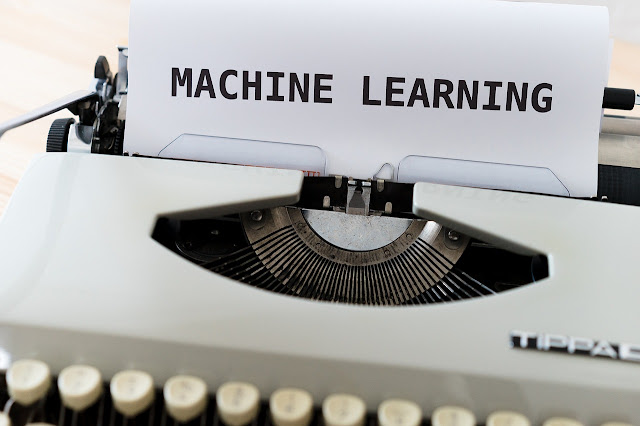
Introduction
Machine learning is a hot topic. It's the future of everything from self-driving cars to medical treatments, but it can also be confusing. That's why we created this list of programming languages that are best suited for machine learning projects.
Python
Python is a high-level, general-purpose programming language. It has many built-in data types such as strings (sequences of characters), lists (ordered collections) and tuples (arrays). The language is dynamic: variables can change their values at any time during execution. This makes it easy to write programs that are not just “functions” but also allow you to create new functions or modify existing ones with ease.
Python's syntax makes it easier for programmers who have limited experience in other languages because the syntax resembles English more than other programming languages do; however, this also means that most people already know how they work which may make them less likely to switch jobs later on down the line!
R
R is a programming language and programming climate for factual processing and illustrations. R provides a comprehensive platform for statistical analysis and graphics, combining advanced data visualization techniques with powerful statistical methods to address complex research challenges. For example:
- Analyzing large datasets with high dimensional arrays or matrices
- Creating graphs to make sense of your data
- Interpreting the results in an intuitive way
Julia
Julia is a general-purpose high-level programming language designed for technical computing, data science, and scientific computing. Julia was created by Matthias Felleisen of UC Berkeley. It was first released in 2012 and is being continually developed.
Julia has an expressive syntax similar to Python but also has some unique features such as dynamic types that allow users to define their own types when writing code. Dynamic types allow for better performance than static typing languages like Java or C++ because it allows you to create your own data structures on the fly instead of having pre-made ones available. This makes them much easier to learn and use because once you've understood how they work then you can apply those same principles in other situations where there isn't an existing type system.
Theano + TensorFlow
Theano and TensorFlow are both open source libraries for machine learning in Python. The two libraries have a lot in common, but they each have their own strengths:
- Theano is a library for machine learning in Python. It's designed to work on top of CUDA hardware (similar to how OpenCV works), so it can be used by any developer who has access to NVIDIA GPUs—but it isn't limited just to GPU-enabled computers, so if your job requires you use an older PC or Mac instead of one with a special graphics card installed then there's no problem!
- TensorFlow is also based on C++ code, but it uses Python as its interface language instead of C++ itself; this makes it easier than Theano for beginners because they don't need any experience programming before diving straight into this area either!
Cython + PyTorch
Cython is a Python-like language that orders to C. This allows you to use libraries written in other languages and make them available as functions in your codebase.
PyTorch is a machine learning library for Python, which can be used with the Jupyter Notebook (which we'll discuss later). It's also written in Python, like many deep learning frameworks before it—so it's easy to use!
PyTorch has three main components:
- Theano - an optimization library that allows you to train models on multiple GPUs or CPUs with ease; this component is what makes PyTorch possible at all because it uses the GPU directly and doesn't need expensive software like TensorFlow or Keras
Scala + Spark
Scala is a general-purpose programming language. It can run on any platform and is used to power applications in the financial services, telecommunications and retail industries.
Spark is a distributed computing framework that uses Scala as its core development language. Spark was developed at Databricks Inc., which offers products such as Apache Hadoop Distributed File System (HDFS).
These are some of the best programming languages for machine learning projects.
In this article, we will look at the best programming languages for machine learning projects. These are probably the most well known ones:
- Python is a widely used language in data science, with extensive libraries and tools that can be used to build complex models. It's also easy to learn and has a small learning curve compared to other languages like R or MATLAB.
- R is widely used by statisticians and data scientists who want to create elegant statistical models quickly without needing much code knowledge (it's comparable with MATLAB). Theano + Tensorflow is another popular choice for machine learning projects using Python because it's able to run on top of GPUs (which speeds up your computations).
Conclusion
You can use any of these languages to build your machine learning project. The best programming language for machine learning depends on the specific task at hand. If you are looking to train a model using TensorFlow, then Python is probably your best bet. If you need more control over what goes into your data and how it is processed, look no further than Cython + PyTorch (which runs on either Linux or MacOS). With Scala + Spark, you'll be able to create more complex models without having to worry about memory management issues (since Spark handles this automatically!).




.png)
.png)
0 Comments